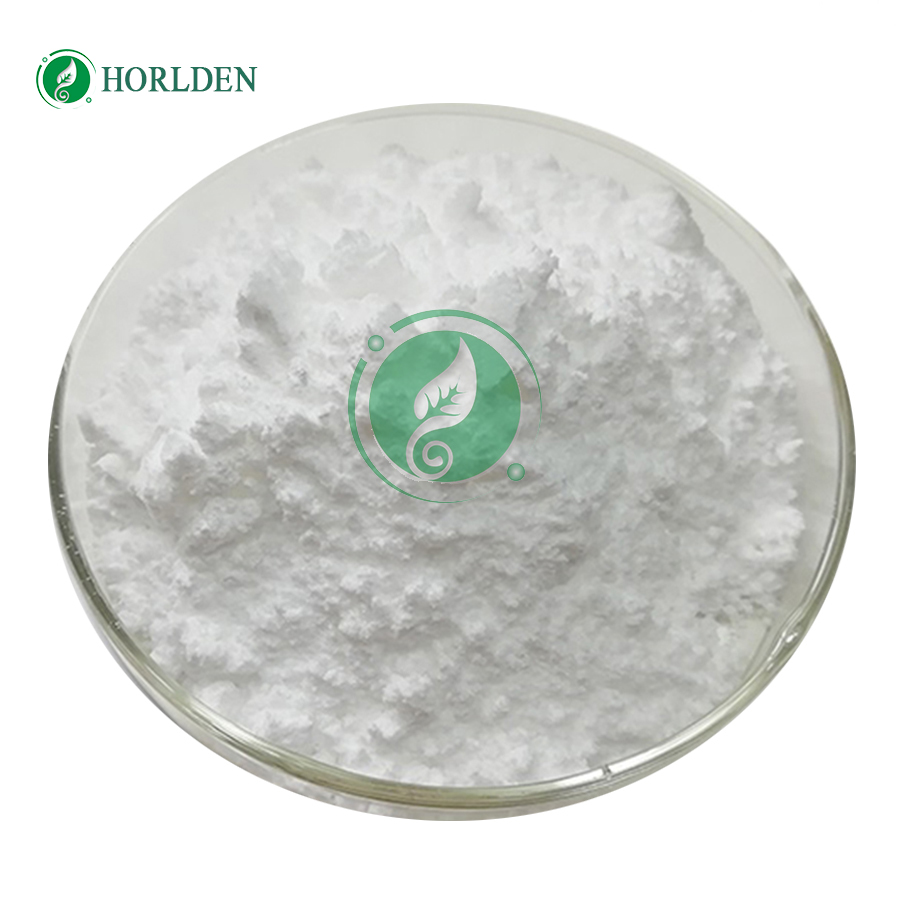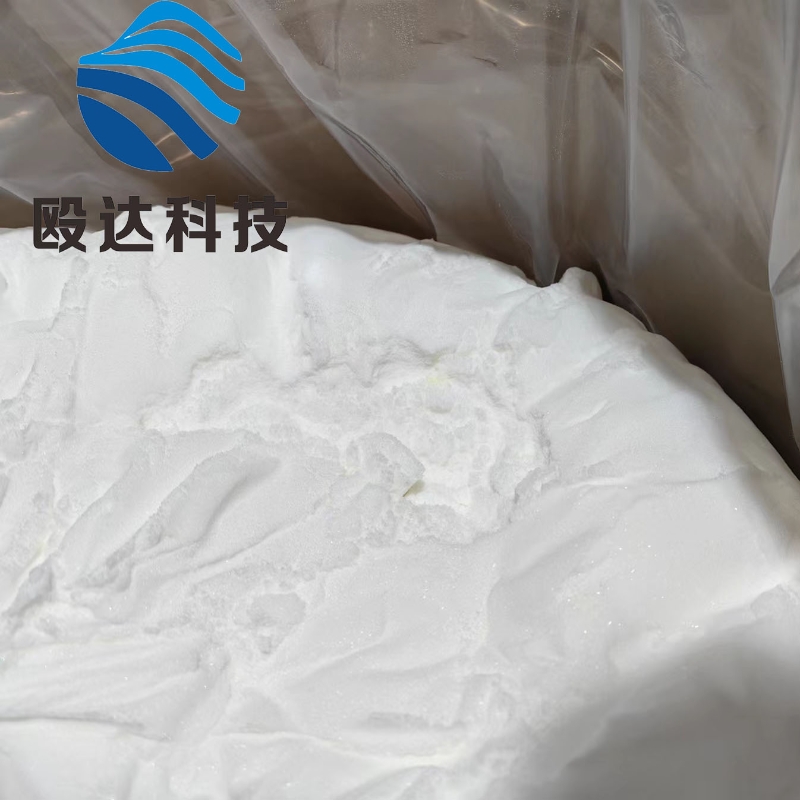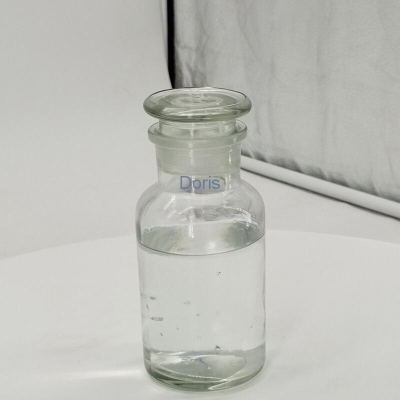-
Categories
-
Pharmaceutical Intermediates
-
Active Pharmaceutical Ingredients
-
Food Additives
- Industrial Coatings
- Agrochemicals
- Dyes and Pigments
- Surfactant
- Flavors and Fragrances
- Chemical Reagents
- Catalyst and Auxiliary
- Natural Products
- Inorganic Chemistry
-
Organic Chemistry
-
Biochemical Engineering
- Analytical Chemistry
- Cosmetic Ingredient
-
Pharmaceutical Intermediates
Promotion
ECHEMI Mall
Wholesale
Weekly Price
Exhibition
News
-
Trade Service
*For medical professionals only
December 8th, 19:00-20:30 China Invasive Mycosis Management Cloud Forum invites you to attend!
With the increase of patients with compromised immune systems such as hematopoietic malignancies, hematopoietic stem cell transplantation, solid organ transplantation, and AIDS, the incidence of invasive filamentous mycosis is on the rise [1], which requires clinical attention
.
The early diagnosis of invasive filamentous mycosis is closely related to the prognosis of patients, but it faces great clinical difficulties
due to its lack of specificity of clinical manifestations and the difficulty of diagnosis and treatment of rare fungi such as mucormyces.
In order to further explore the diagnosis and treatment of invasive filamentous mycosis, from 19:00 to 20:30 on December 08, Professor Wang Jingwen of Beijing Tongren Hospital affiliated to Capital Medical University, Professor Gao Li of Peking University First Hospital and Professor Yu Jin of Peking University First Hospital gathered at the China Invasive Mycosis Management Cloud Forum to discuss the diagnosis and treatment progress and management of invasive aspergillosis (IA) and mucormycosis in immunodeficient patients
.
Understand the progress of diagnosis and treatment of invasive filamentous mycosis and comprehensively grasp the key points of management!
.
Recognize the QR code to watch the live broadcast, get wonderful content, and participate in the discussion interaction!
In recent years, the incidence of IA has increased significantly, and the overall case fatality rate has reached 30–95% [2].
Especially in patients with immunodeficiency, the clinical manifestations and imaging characteristics of Aspergillus infection are often very different due to different causes and degrees of immunosuppression, and lack specificity, and the detection time of pathogenic bacteria is also long, which makes the diagnosis of IA extremely difficult and the misdiagnosis rate is high
.
So how to accurately diagnose immunodeficiency IA patients through imaging? What are its imaging characteristics and the pathological basis behind it? Professor Gao Li will introduce the imaging classification, characteristics and diagnostic points
of IA in immunodeficient patients in this forum.
In recent years, the incidence of mucormycosis has gradually increased worldwide, as well as in Chinese population
.
The clinical mortality rate of mucormycosis is extremely high, ranging from 40% to 80% in all-cause mortality, mainly depending on the patient's underlying state and site of infection [3], of which the mortality rate of patients with malignant tumors (95% of hematologic malignancies) is 66%, and the mortality rate of disseminated mucormycosis of the central nervous system is higher than 80% [4].
。 Haematological malignancy, hematopoietic stem cell transplantation, uncontrolled diabetes mellitus, and/or concomitant ketoacidosis are major risk factors
for mucormycosis.
In addition, direct ingestion and skin contact can also lead to mucormycosis
.
Early diagnosis is important for reversing risk factors and improving patient outcomes
.
Diagnostic methods for mucormycosis include imaging, microscopy, fungal culture, molecular identification, and histopathological biopsy
.
Mucormycosis interventions include, but are not limited to, early diagnosis, surgical debridement, effective single or combined antifungal therapy, and aggressive treatment of the underlying condition (e.
g.
, diabetes).
However, due to the lack of specificity of the imaging findings of mucormycosis and the insensitivity to most antifungal drugs, its clinical diagnosis and treatment face many difficulties
.
How should the clinic respond to this? In this forum, Professor Yu Jin will discuss the diagnosis and treatment management plan
of mucormycosis in China based on China's clinical practice.
Patients with blood diseases are prone to invasive filamentous mycosis such as Aspergillus and Mucormyces due to chemotherapy, hematopoietic stem cell transplantation and other reasons, resulting in long agranulocytosis
and severe immunosuppression.
Once invasive mycosis occurs in patients with blood diseases, the case fatality rate is high, so early detection and timely treatment are more important
.
However, azoles, which are recommended as first-line regimens for IA therapy, not only require therapeutic drug concentration monitoring and drug interaction management during use, but also the resistance rate of Aspergillus to azoles around the world has gradually increased in recent years, and new treatment regimens
are urgently needed.
Standard management measures for mucormycosis include early diagnosis, reversal of risk factors, surgical debridement, and prompt administration of antifungals
.
However, routine hematological tests for mucormycosis are rarely diagnostic, and it is not sensitive to most antifungal drugs, so there is an urgent clinical need for safe, effective and broad-spectrum antifungal drugs, such as liposomal amphotericin B (L-AmB).
In the face of these therapeutic challenges, what new perspectives will Professor Wang Jingwen bring to the table? With high missed rates, high fatality rates and strong drug resistance, where will the diagnosis and treatment of invasive mycosis go?
In the past five sessions, top experts in the field of infection have shared their academic views on five topics: invasive yeast management, invasive filamentous mycosis management, individualized diagnosis and treatment of invasive mycosis, rare fungal invasive mycosis management, and invasive mycosis management in nongranular deficiency patients
.
On December 8th, the China Invasive Mycosis Management Cloud Forum will usher in the final work, specially invited celebrities to solve the diagnosis and treatment problems of invasive filamentous fungi in an all-round way! Stay tuned!
References:
[1] ZONG Laibin, LV Huoyang.
Application of MALDI-TOF MS technology in the rapid identification of invasive filamentous fungi[J].
Chinese Journal of Microecology,2022,34(03):289-294.
)
[2] Xu Yuan, et al.
Chinese Journal of Mycology.
2018 Feb; 13(1):57–60.
[3] Cornely OA et al [J].
Lancet Infect Dis, 2019, 19(12): e405-405e421
[4] Roden MM, et al Epidemiology and outcome of zygomycosis: a review of 929 reported cases.
Clin Infect Dis.
2005 Sep 1; 41(5):634-53.
statement
This information is intended to help healthcare professionals better understand the latest developments
in these disease areas.
The content of the information released by this platform does not mean that it agrees with its description and views, and only provides more information
.
If copyright issues are involved, please contact us and we will deal with
it as soon as possible.
The information provided in this information is not in any way a substitute for professional medical guidance and should not be construed as medical advice
.
If such information is used for purposes other than information, the Platform, the author, and Takeda shall not be liable
for such information.







